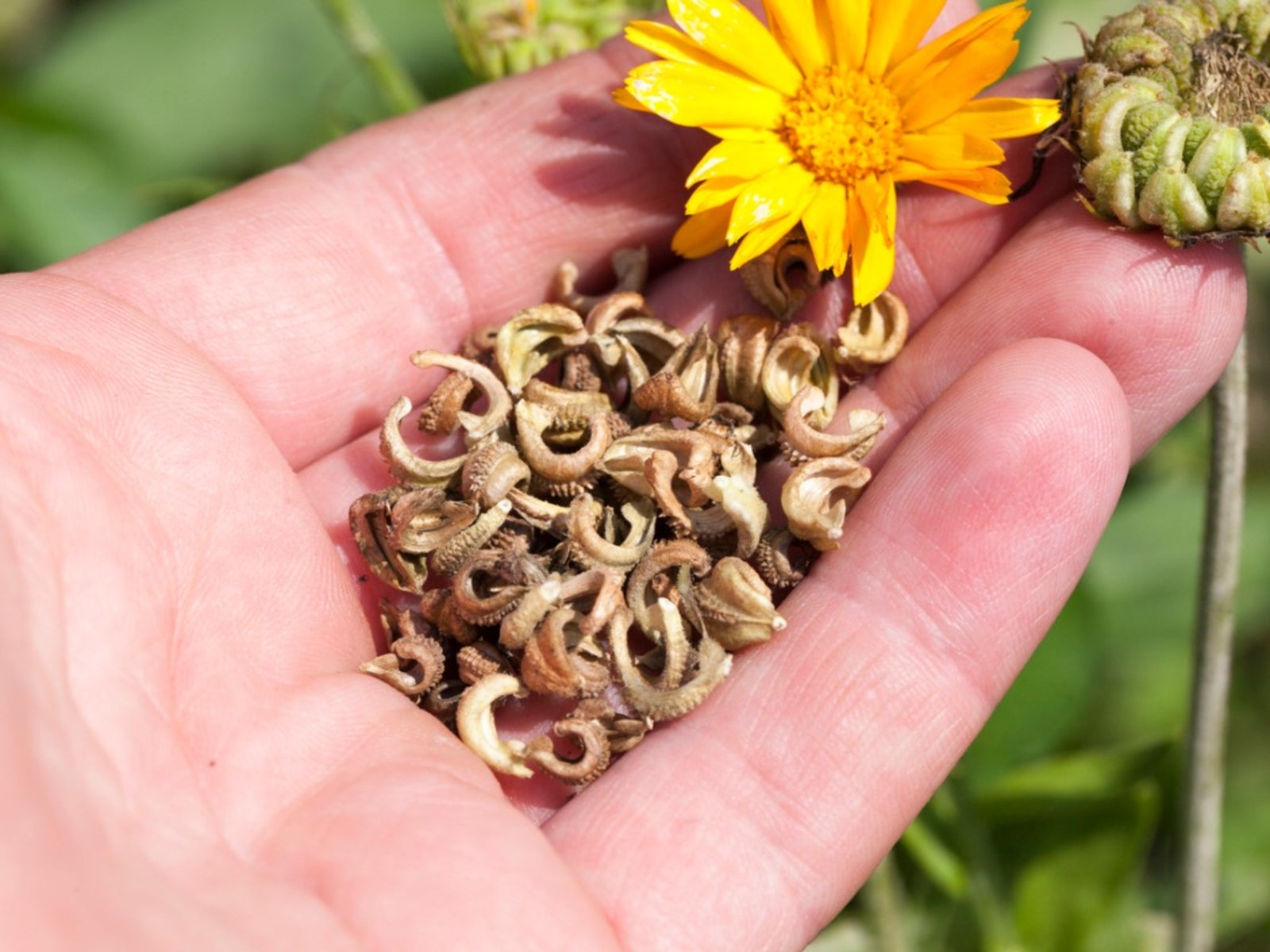Calendula Seed Propagation – Tips For Growing Calendula From Seed


The beautiful, bright orange and yellow flowers of the calendula add charm and cheer to beds and containers. Also known as pot marigold or English marigold, calendula is edible and has some medicinal uses. With a little extra effort, you can propagate and grow this annual from seed.
Growing Calendula from Seed
Growing calendula is easy, as this plant will tolerate a lot of different conditions. It likes full sun or partial shade, prefers well-drained soil, and tolerates frost and colder temperatures. It is deer resistant and will tolerate poor quality soil. Collecting and sowing calendula seeds is pretty easy and worth the effort to keep enjoying this flower season after season without buying transplants. After the blooms have passed, they will produce seed heads, which if left alone will lead to self-propagation and volunteer plant growth. To keep your beds tidy, trim off most of these seed heads. The self-propagation can be aggressive. Cut off spent flowers quickly, as the seed heads develop soon after the bloom is gone. Trim them off just above the next flower bud. You can leave a few to self-propagate or to develop fully for collection and sowing. The seeds develop as light brown to gray, long, and curved seeds that grow in a circle around the center of the flower. Simply collect these and save for sowing later.
When and How to Sow Calendula Seeds
Calendula grows easily and readily from seed, but there are a couple of important considerations when sowing. The first is that these cold-tolerant plants will grow weaker and smaller if you sow the seeds during warm weather. If sowing directly outdoors, put them in the ground a couple of weeks before you expect the last frost. The second important factor to note when planting calendula seeds is that light will disrupt germination. Make sure you cover the seeds with soil to a depth of about one-quarter to one-half inch (6 mm. to 1 cm.). Sowing in spring is the typical time for calendula seed propagation, but you can do it again in the summer to get more fall blooms. The plants may be weaker due to the hotter temperatures, but they will still give you extended flowering.
Sign up for the Gardening Know How newsletter today and receive a free copy of our e-book "How to Grow Delicious Tomatoes".

Mary Ellen Ellis has been gardening for over 20 years. With degrees in Chemistry and Biology, Mary Ellen's specialties are flowers, native plants, and herbs.